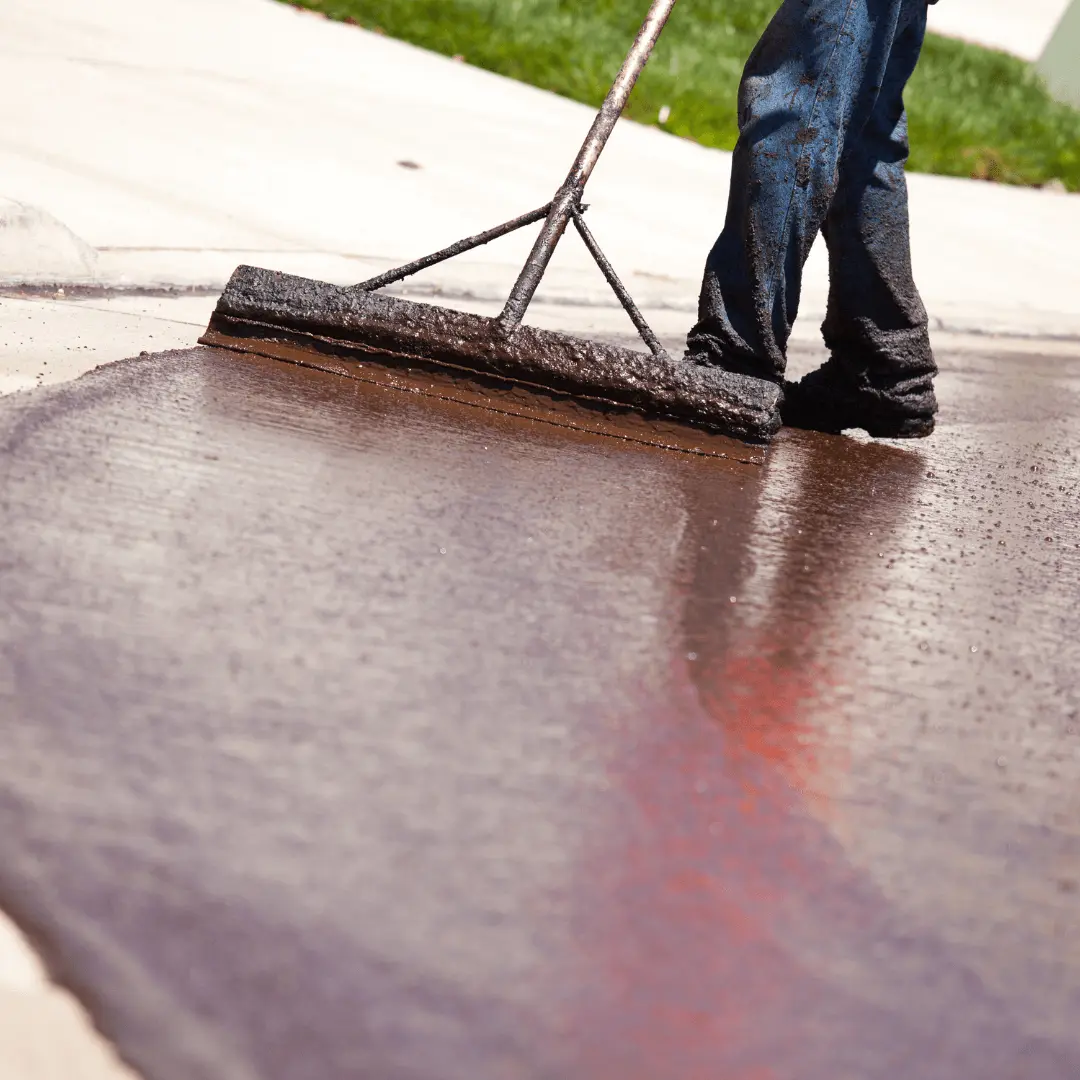When it comes to floor resurfacing, the debate between epoxy and traditional methods has become a hot topic among homeowners and business owners alike. Both approaches have their own set of benefits and drawbacks, but understanding these can help you make an informed decision for your specific needs.
Whether you’re considering a garage floor epoxy or looking for a solution for your commercial space, this guide will delve into the pros and cons of each method to determine which is better for you.
Basics of Epoxy Flooring
Epoxy flooring is a modern resurfacing method that involves applying a thermosetting resin to your floor. When the resin hardens, it forms a durable, seamless surface that can withstand heavy traffic and harsh conditions.
Flake epoxy floor systems are particularly popular, offering not only durability but also a customizable aesthetic with various colors and textures.
Traditional Floor Resurfacing Methods
Traditional resurfacing methods typically include materials like concrete, tiles, and hardwood. These materials have been used for decades and are well-known for their reliability and classic appearance.
Each material has its own unique process and set of characteristics:
- Concrete resurfacing involves applying a new layer of concrete over the existing surface, which can be polished or stained for a fresh look.
- Tile resurfacing usually means replacing old tiles with new ones, which can be time-consuming and costly.
- Hardwood refinishing involves sanding down the surface and applying a new finish to restore its original beauty.
Durability and Longevity
When it comes to durability, epoxy flooring stands out. It is highly resistant to abrasions, impacts, and chemical spills. This makes it an ideal choice for areas that experience heavy use, such as garages, warehouses, and industrial spaces.
In contrast, traditional methods like concrete and hardwood can wear down over time, especially in high-traffic areas. Tiles, while durable, can crack or become loose, leading to potential hazards and additional maintenance.
Aesthetic Appeal
Aesthetics play a crucial role in floor resurfacing decisions. Garage epoxy flooring offers a wide range of design options, from solid colors to intricate patterns.
The flake epoxy floor option, in particular, allows for a speckled appearance that can hide imperfections and add a unique flair to your space. Traditional methods also offer various aesthetic choices; for example, hardwood floors are known for their timeless beauty, and tiles come in countless styles and colors.
Installation Process
The installation process for epoxy flooring is relatively quick and straightforward when handled by a professional Melbourne epoxy floor company. The floor needs to be thoroughly cleaned and prepped before the epoxy is applied.
Once the resin is poured and spread, it usually takes a few days to cure fully. Traditional resurfacing methods can be more labor-intensive and time-consuming.
Concrete resurfacing, for instance, involves mixing and pouring new concrete, which can take a week or more to set properly. Tile replacement and hardwood refinishing also require significant time and effort, often leading to longer downtimes.
Cost Considerations
Cost is always a factor when deciding on a floor resurfacing method. Epoxy flooring can be more expensive upfront compared to traditional methods.
However, its longevity and low maintenance costs often make it a more cost-effective choice in the long run. Traditional methods might have lower initial costs, but frequent repairs and replacements can add up over time.
Maintenance Requirements
One of the standout benefits of epoxy flooring is its low maintenance requirements. Once installed, it is easy to clean and highly resistant to stains and spills. Regular sweeping and occasional mopping is usually sufficient to keep an epoxy floor looking new.
Traditional floors, on the other hand, often require more intensive maintenance. Hardwood floors need regular polishing, and tiles may need periodic grout cleaning and replacement.
Environmental Impact
In terms of environmental impact, epoxy flooring is a mixed bag. On one hand, it is a petroleum-based product, which raises concerns about sustainability.
On the other hand, its durability means fewer replacements and less waste over time. Traditional materials like hardwood are renewable, but the processes involved in their upkeep and replacement can be resource-intensive.
Conclusion
Choosing between epoxy and traditional floor resurfacing methods depends on your specific needs and priorities.
If you need a durable, low-maintenance solution that can withstand heavy use, garage epoxy floor might be the best choice. The services of an experienced epoxy floor company like apexflooringllc.com can ensure a professional installation and long-lasting results.
On the other hand, if you prefer a classic look and are willing to invest in regular maintenance, traditional methods like hardwood or tile might be more suitable.
Ultimately, both options have their merits, and the decision should be based on your budget, aesthetic preferences, and the specific demands of your space.
